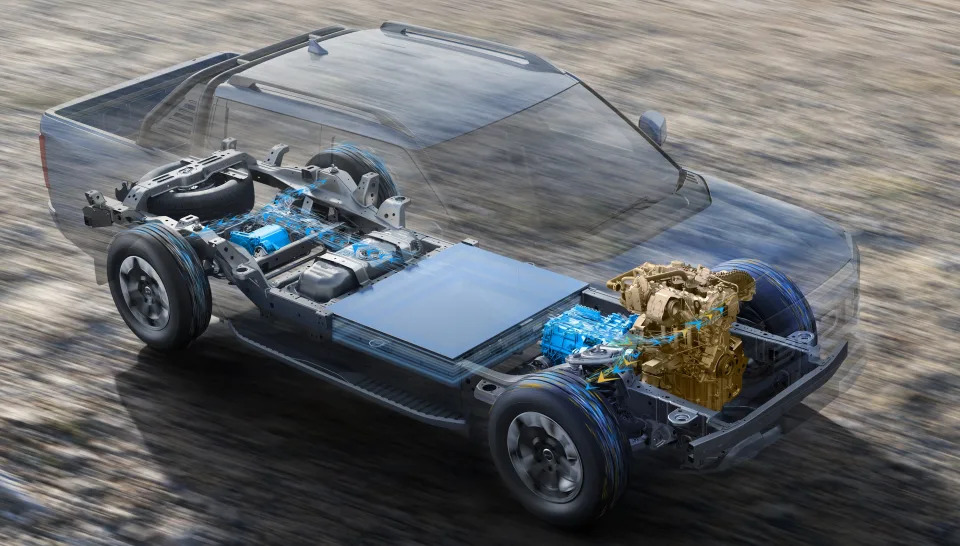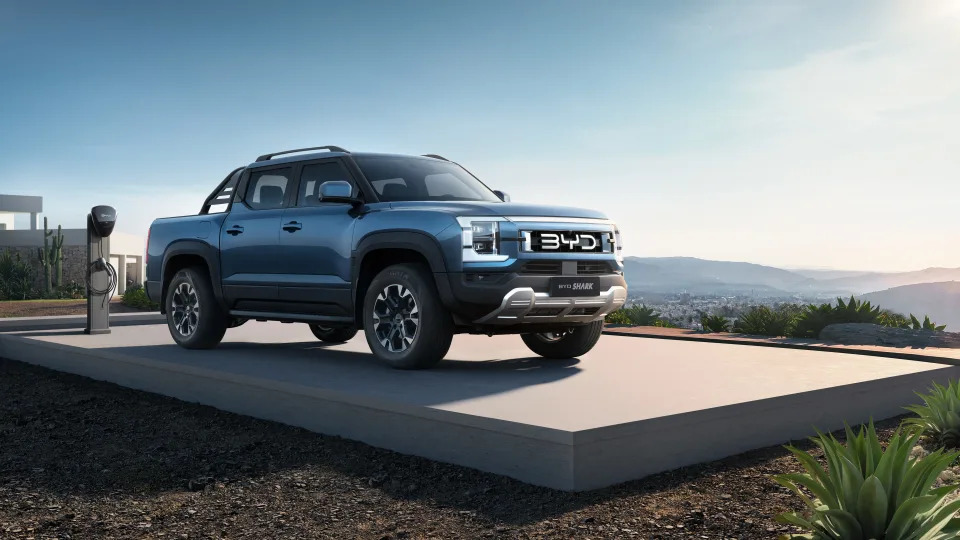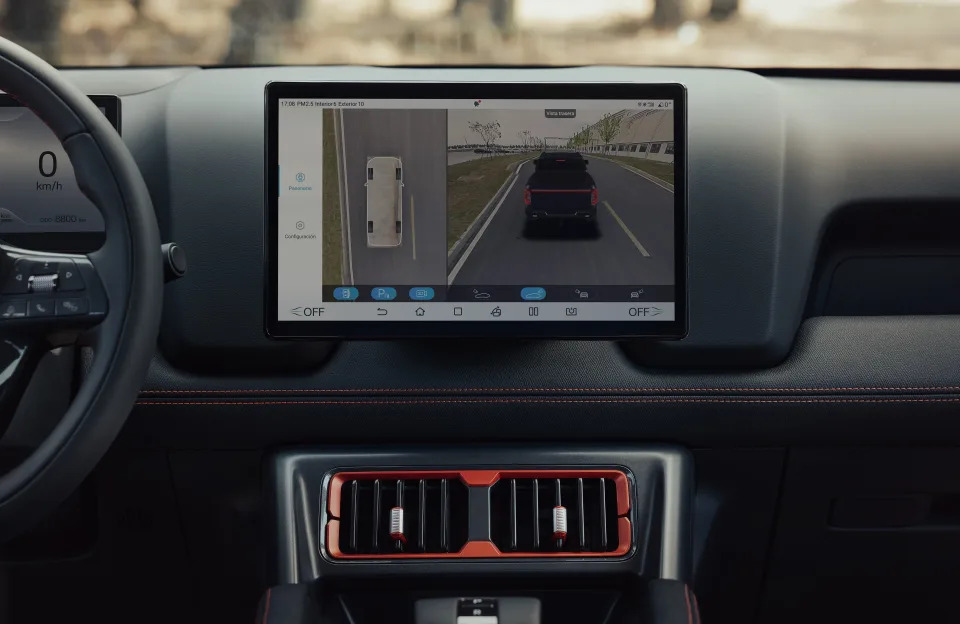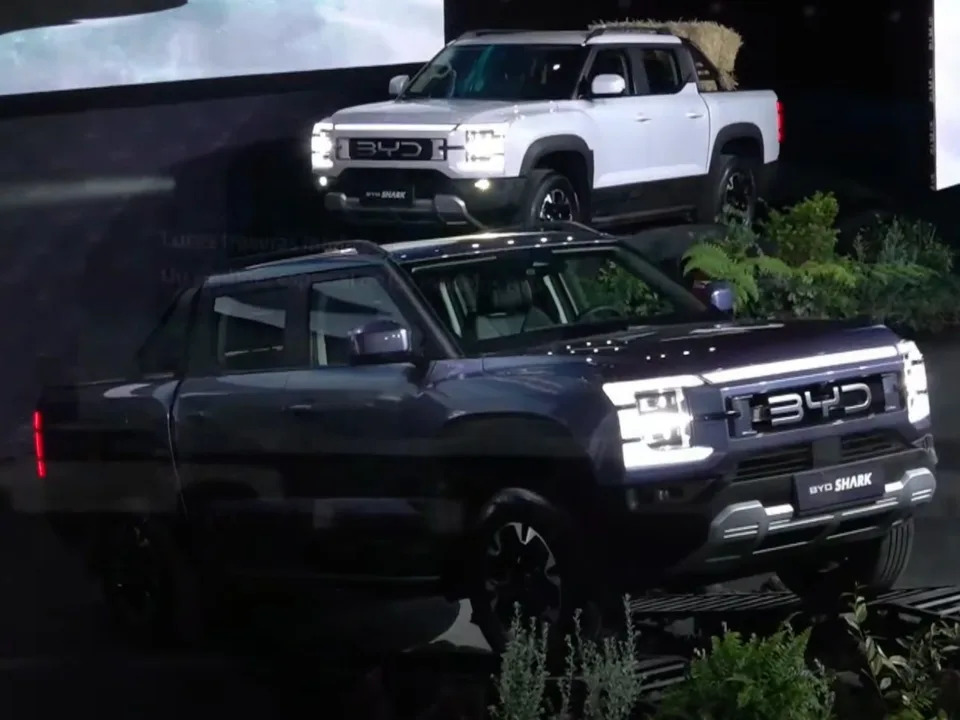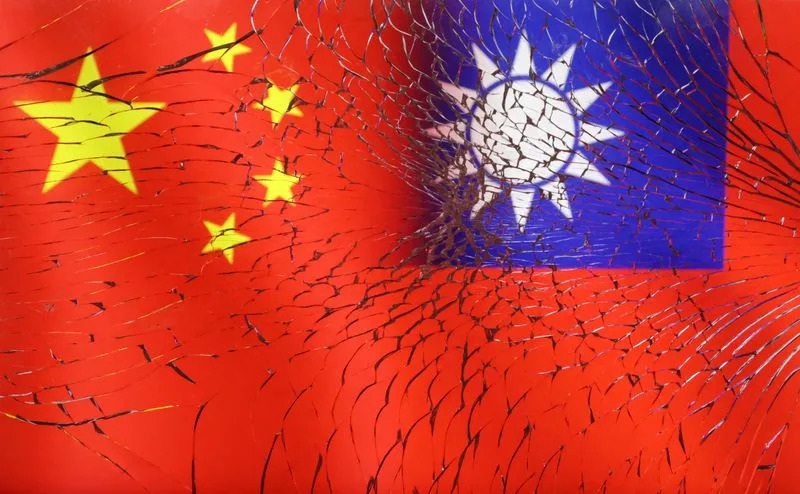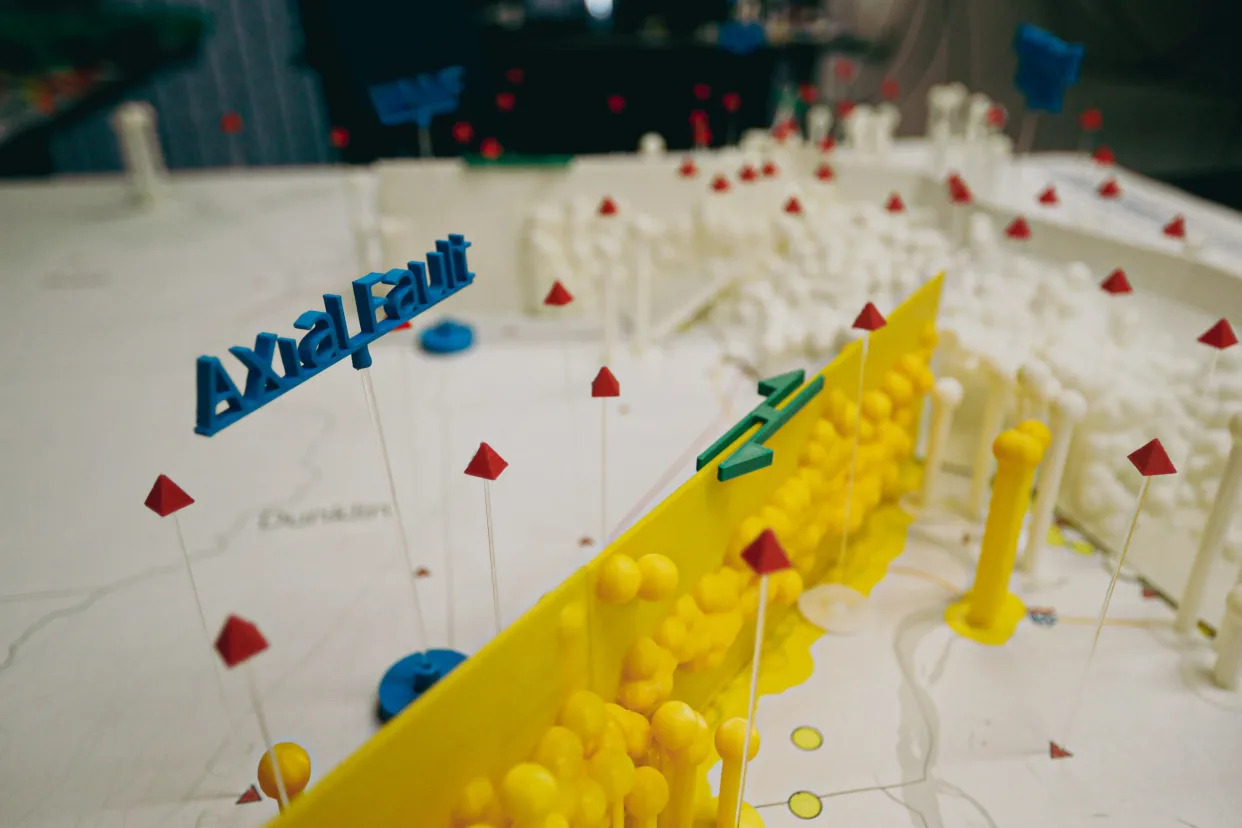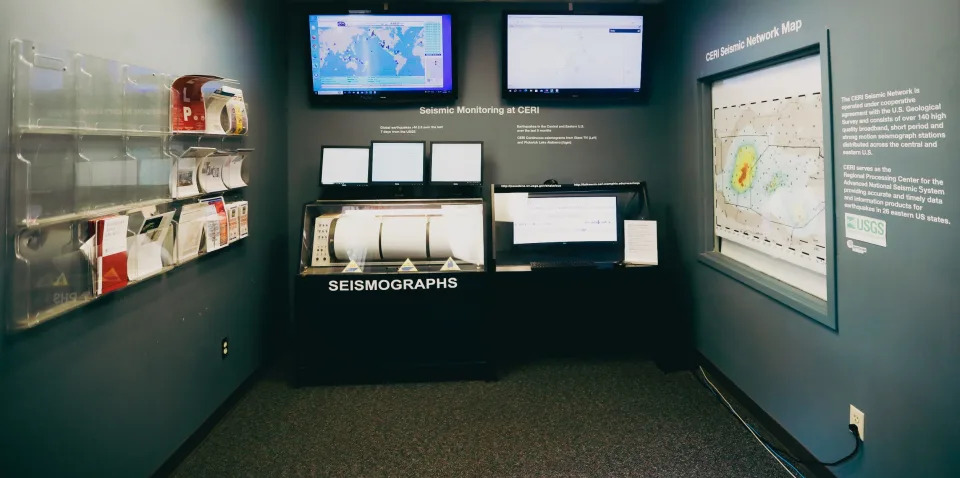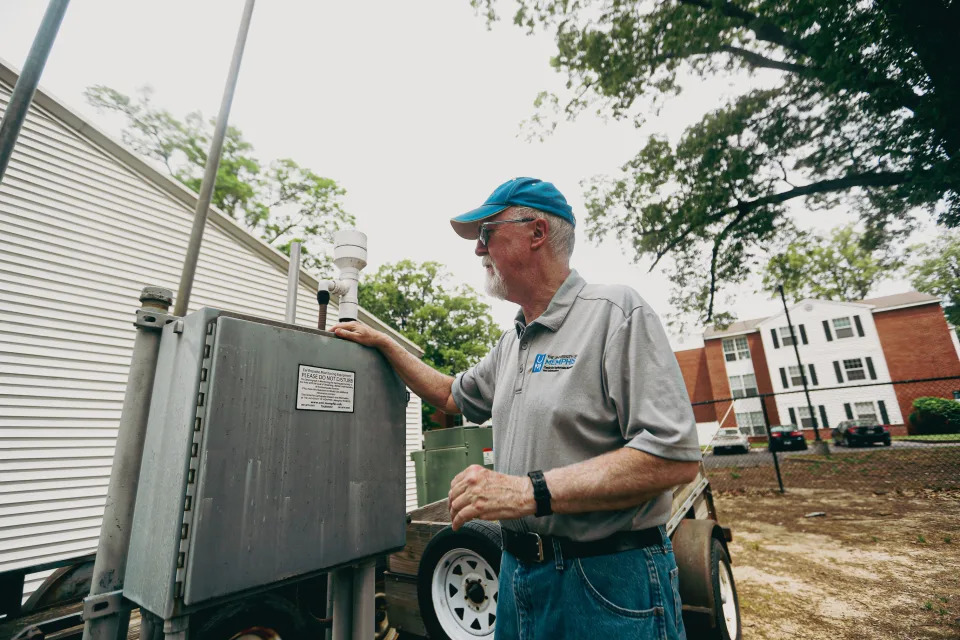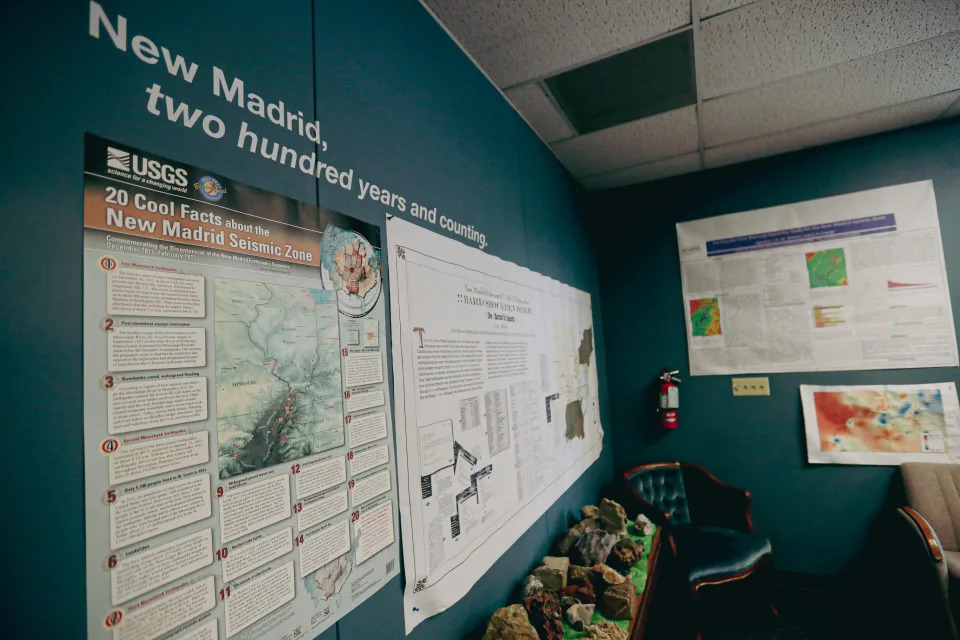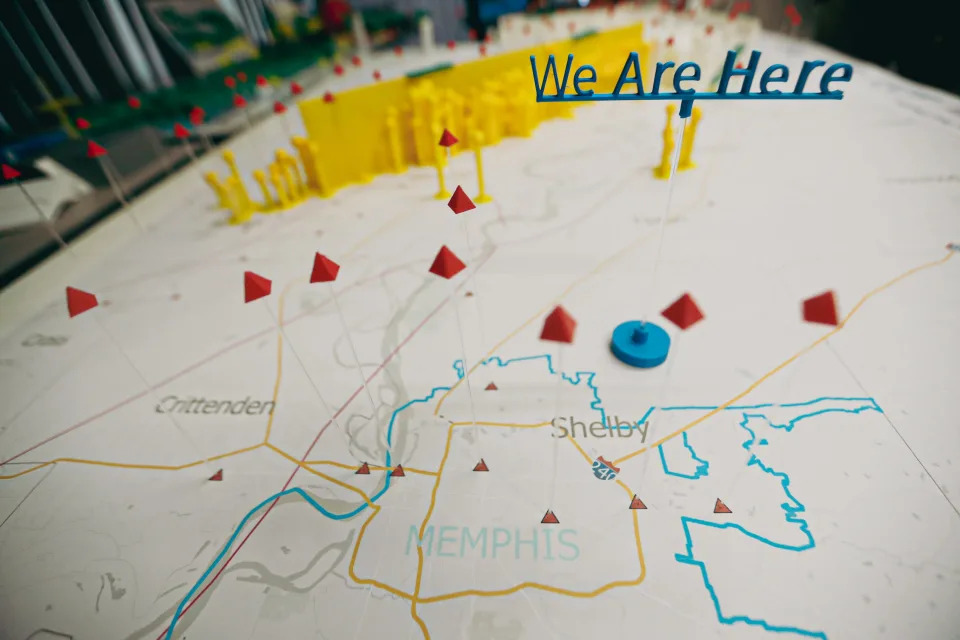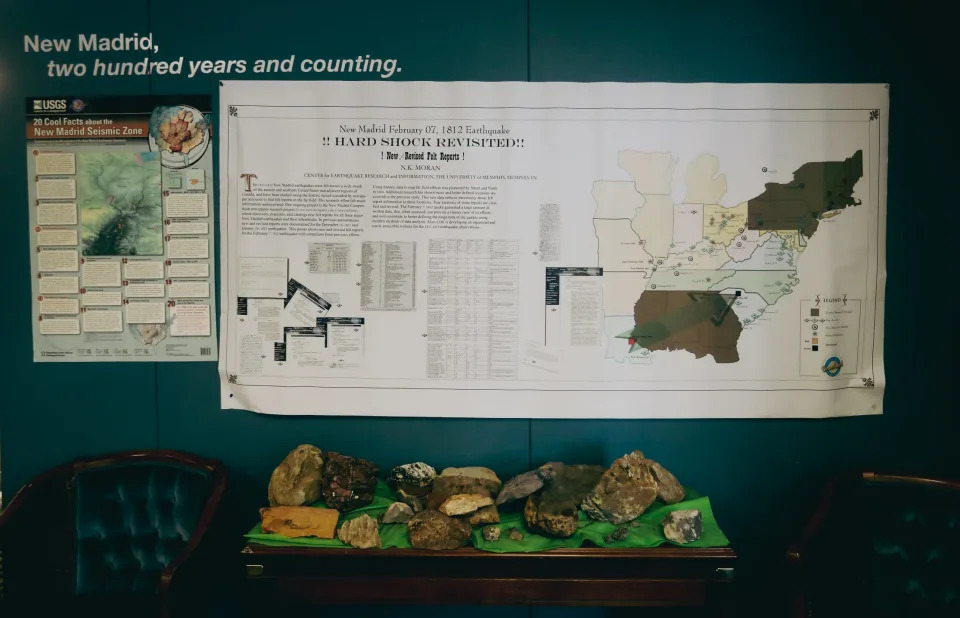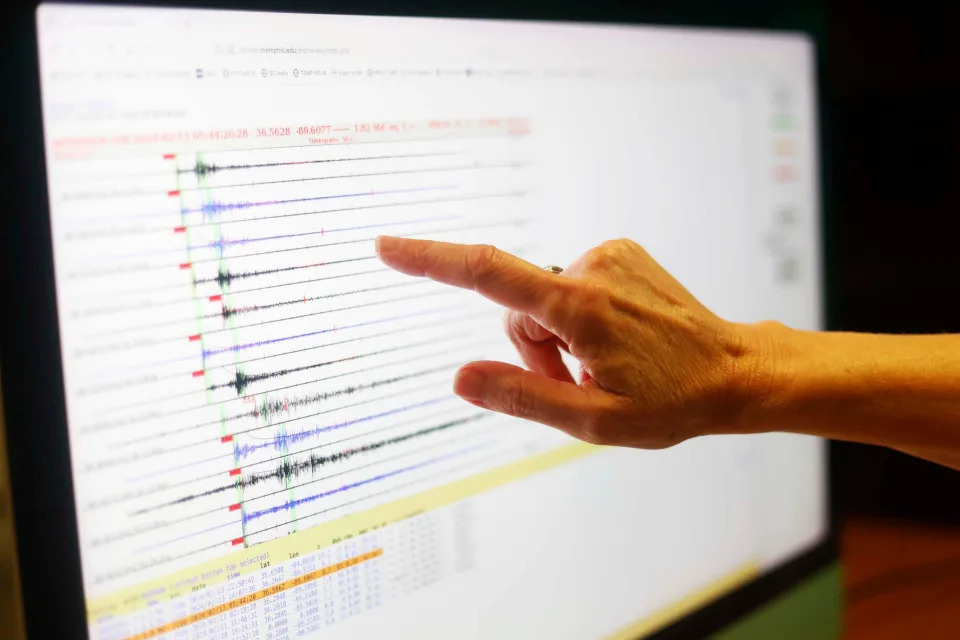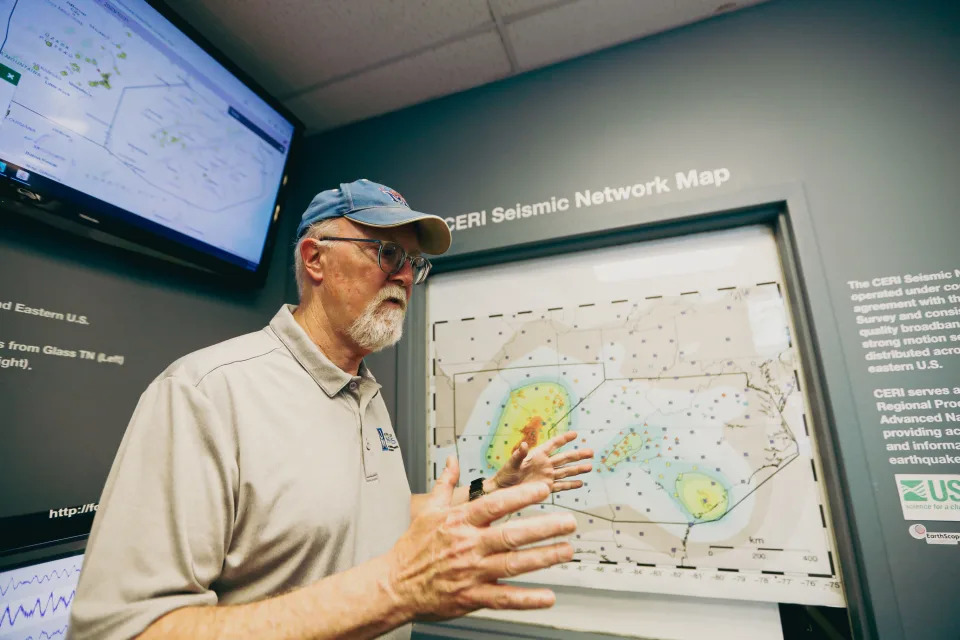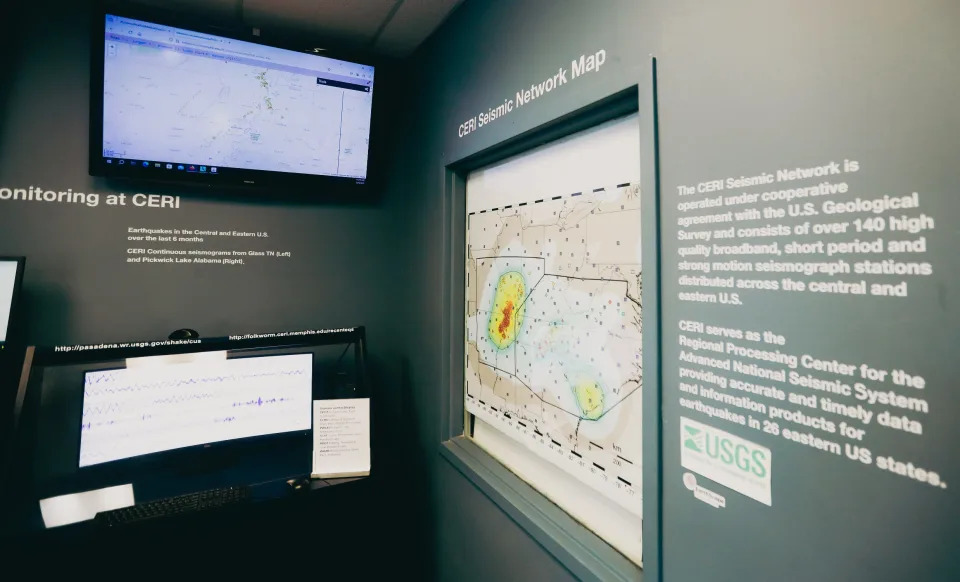Dr. Tim Sandle
May 17, 2024

Barbican in London, a concrete paradise. — Image by © Tim Sandle
Concrete is the second-most consumed material in the world – second only to water. This reflects modern humanity’s focus on building and essential to most aspects of building is concrete.
Building material experts at Instarmac have been looking into the most important building materials used throughout history. They have provided the output to Digital Journal and we present the highlights below.
7500 BCE: Mud bricks
The oldest bricks discovered to date can be found at Tell Aswad in Syria, and date back to around 7500 B.C. These bricks were shaped with clay or mud and left to dry in the baking sun, allowing them to become sturdy enough to use in the creation of dwellings.
7000 BCE: Concrete
While concrete might appear to be a newer phenomenon, the earliest concrete structures can be traced back thousands of years. Early concrete, made by mixing quick lime with water and stone and leaving it to set, was found in a hut in Israel that dated back to 7000BC.
3700 BCE:: Knap of Howar
The oldest house found in the U.K. is thought to be the Knap of Howar, on the island of Papa Westray in Orkney, Scotland. This home was built with local stone, as are some of the other earliest dwellings from across the country. This indicates that the UK’s earliest homes were most likely built with the sturdiest materials their occupants could obtain.
43 CE: Concrete arrives in the UK
The Roman invasion of the UK in 43 CE heralded the arrival of plenty of new infrastructural advances, from roads to walls for homes and cities. The Romans brought concrete that was far more advanced than anything previously available in Britain and developed building techniques that would create a smooth finish, while protecting the building’s concrete core.
1200 – 1500 CE: Stone foundations or wattle and daub
Without Roman concrete for housebuilding, homes took somewhat of a step back. Early medieval city dwellers used a combination of stone, chalk and flint to build their homes and created thatched roofing with dry vegetation, such as straw or reeds.
Under Elizabeth I, timber frames known as wattle were primarily used for home construction. These would be filled in with daub, a mixture of wet sand, clay, dung and straw. This construction method was also adopted by the Tudors and provides the foundation for many of the Tudor houses remaining today.
1824 CE: Portland Cement
In the 18th century engineers took up a renewed interest in concrete, trialling new compounds to increase stability and durability for the demands of the modern world. In 1824, bricklayer Joseph Aspdin patented Portland Cement, the ingredient that would eventually constitute the base ingredient of today’s modern concrete.
Today: Smart concrete
Smart concrete is an umbrella term which covers a number of different forms of concrete, each of which have their own associated benefits. Self-healing concrete, made with mineral additions or superabsorbent polymers to encourage autogenous repairs, falls into this bracket.
Other forms of smart concrete might include self-sensing concrete, also known as self-monitoring concrete, which can sense the stress, strain and damage within itself.
The future
Innovations do not stop. NASA researchers have been working on waterless concrete for 3D printing on the moon. In addition, NASA scientists, in collaboration with Louisiana State University, are working to develop feasible robotic construction technology that could support life on the moon.




